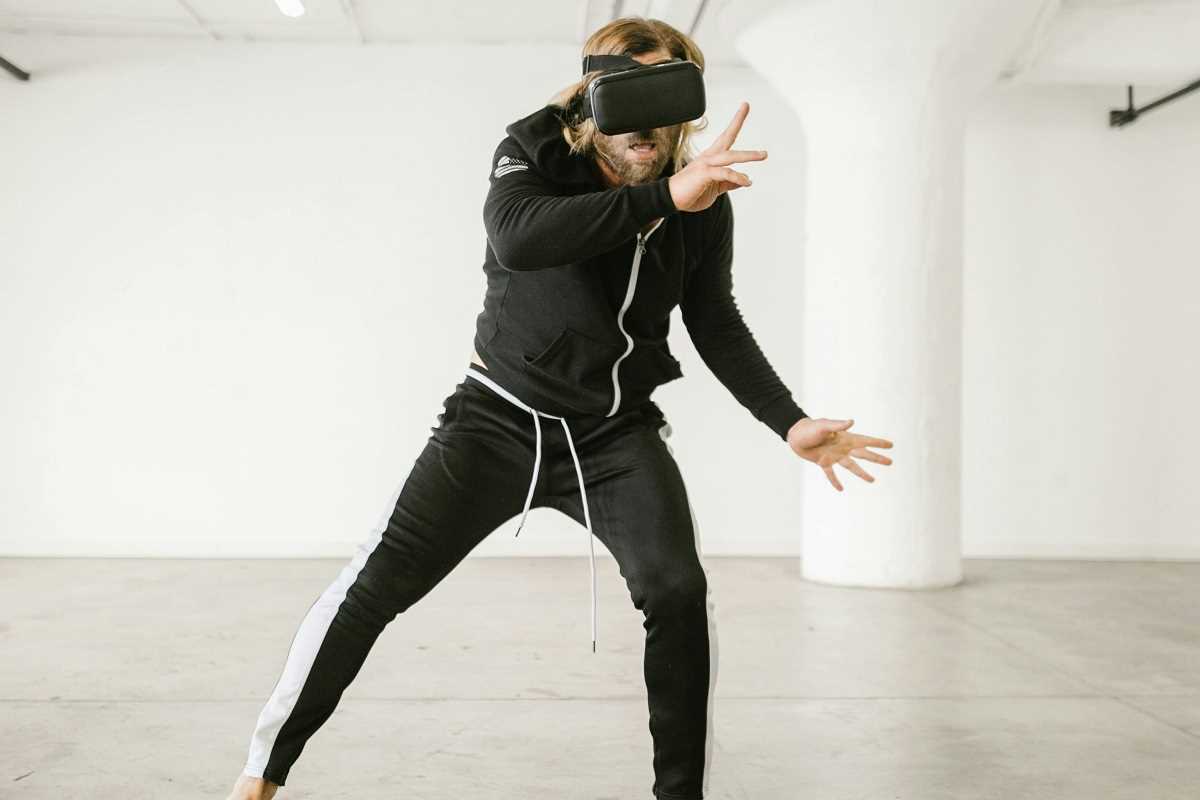Keeping fit has become part of everyday life for so many people, and wearable tech is making this easier and more fun as time goes on. Whether you’re training for a marathon, hitting the gym, or simply keeping an eye on your step count, wearable devices can track your progress, motivate you, and help you reach your goals. The variety of gadgets and features available means there’s something out there for everyone, no matter your fitness level.
But with so many options, finding the right fitness wearable can feel overwhelming. What do all the features like GPS tracking or heart rate monitoring actually mean for your workout? Don’t worry—we’re breaking it all down. This guide will help you pick the best wearable tech to suit your fitness goals, lifestyle, and budget.
1. Just a Trend?
Wearable tech has gone beyond being just a trend; it’s now part of how we approach fitness. These devices act as your built-in coach, cheerleader, and accountability partner, all wrapped into one. Here are some key benefits of wearable tech for fitness:
- Tracking Progress: You can monitor steps, calories burned, and even your sleep quality, helping you understand what’s working and where to improve.
- Staying Motivated: Many devices celebrate milestones, like hitting 10,000 steps, with fun graphics or sounds to keep you going.
- Personalized Workouts: Smart features like heart rate monitoring and VO2 max tracking offer tailored insights, making your fitness routine more effective and safer.
- Convenience: Wearables put advanced health and fitness tracking tools literally at your fingertips (or on your wrist).
Whether you want to fine-tune your current routine or start from scratch, wearable tech makes it so much easier.
2. Top Features to Look For in Wearable Tech
Before we jump into the best devices, here’s a quick breakdown of the most helpful features you might find in fitness wearables:
a. Heart Rate Monitoring
This is a must-have for tracking how hard your body is working during exercise. It provides real-time insights to make sure you’re in your target heart rate zone, whether you’re aiming to burn fat or improve endurance.
b. GPS Functionality
Love running or cycling outdoors? GPS tracking records where you go and how far you’ve traveled. Some wearables even give navigation directions.
c. Water Resistance
For swimmers or anyone whose workouts get a little sweaty, water resistance is critical. Make sure your device is designed for the water activities you enjoy.
d. Sleep Tracking
Since recovery is just as important as physical activity, many wearables now monitor your sleep stages. These insights can help you improve your rest and performance.
e. Battery Life
Nobody wants a gadget that runs out of battery mid-workout. Look for devices that last anywhere from several days to even weeks.
f. Smart Phone Integration
Most wearables sync with an app on your phone, letting you analyze data or even see calls, texts, and notifications while you exercise.
Armed with this knowledge, you’re ready for the fun part: exploring the best wearable options available today.
3. Best Wearables for Different Fitness Goals
a. Best for Runners: Garmin Forerunner 265
Runners need accurate tracking and durable devices, and the Garmin Forerunner series delivers every time. The Forerunner 265 offers advanced GPS mapping, pace tracking, and a feature called "race predictor," which estimates your performance based on your training data.
It also monitors your heart rate, oxygen levels, and even your training load to make sure you’re balancing hard efforts with recovery. If running long distances is your goal, the long battery life (up to 13 days!) will have your back.
b. Best All-Rounder: Apple Watch Series 9
The Apple Watch Series 9 is the Swiss Army knife of fitness trackers. It tracks everything from steps and calories to more specialized metrics like VO2 max and blood oxygen levels. If you’re into multiple activities, like yoga one day and HIIT training the next, this watch adapts easily.
Plus, it doubles as a smartwatch, meaning you can take calls, respond to texts, and even control music playlists during your workout. It’s sleek, intuitive, and a solid choice for anyone looking for versatility.
c. Best for Swimming and Water Sports: Fitbit Charge 6
For water enthusiasts, the Fitbit Charge 6 is a standout option. Water-resistant up to 50 meters, it tracks swimming metrics like laps, strokes, and calories burned. Outside of the pool, it offers reliable tracking for other activities like walking, running, and strength training.
Fitbit’s sleep tracking is also top-notch. Coupled with its compatibility with Google Fit and Apple Health, it’s a solid choice for fitness enthusiasts who want versatility in and out of the water.
d. Best for Budget-Conscious Users: Xiaomi Mi Band 8
If you’re looking for a capable fitness tracker that won’t hurt your wallet, the Xiaomi Mi Band 8 has you covered. For under $50, you’ll get features like heart rate monitoring, step tracking, sleep analysis, and even a few smartwatch functions.
While it may lack some of the advanced features of pricier models, it’s a perfect entry-level device for someone just starting their fitness journey. The battery lasts up to two weeks, making it a reliable companion.
e. Best for Serious Athletes: WHOOP Strap 4.0
Athletes who demand in-depth analytics will appreciate the WHOOP Strap. What makes this wearable unique is its focus on recovery, strain, and sleep. It provides detailed feedback on how hard you’re working and how well you’re recovering afterward.
Instead of just guessing what your body needs, the WHOOP uses real data to optimize your workouts. It’s subscription-based, but for serious competitors, it’s worth the investment.
4. Staying Motivated with Wearable Tech
Despite all the cool features, the best thing about wearable tech is how it keeps you motivated. Imagine getting a congratulatory message on your watch for hitting 15,000 steps in a day or sharing your fitness milestones with friends through apps like Strava or Fitbit’s social network.
These small boosts can make a big difference, especially on days when you’re tempted to skip a workout. Features like setting daily activity goals or earning virtual trophies add an extra layer of fun to fitness.
5. What’s Next for Wearable Tech?
The world of wearable tech keeps advancing. Expect features like sweat analysis, real-time hydration tracking, and even emotion monitoring in the near future. Devices are also becoming sleeker and more stylish while maintaining their functionality.
Soon, wearable tech might include smarter AI coaching or muscle recovery tools that make your workouts even more personalized and efficient.
 (Image via
(Image via





